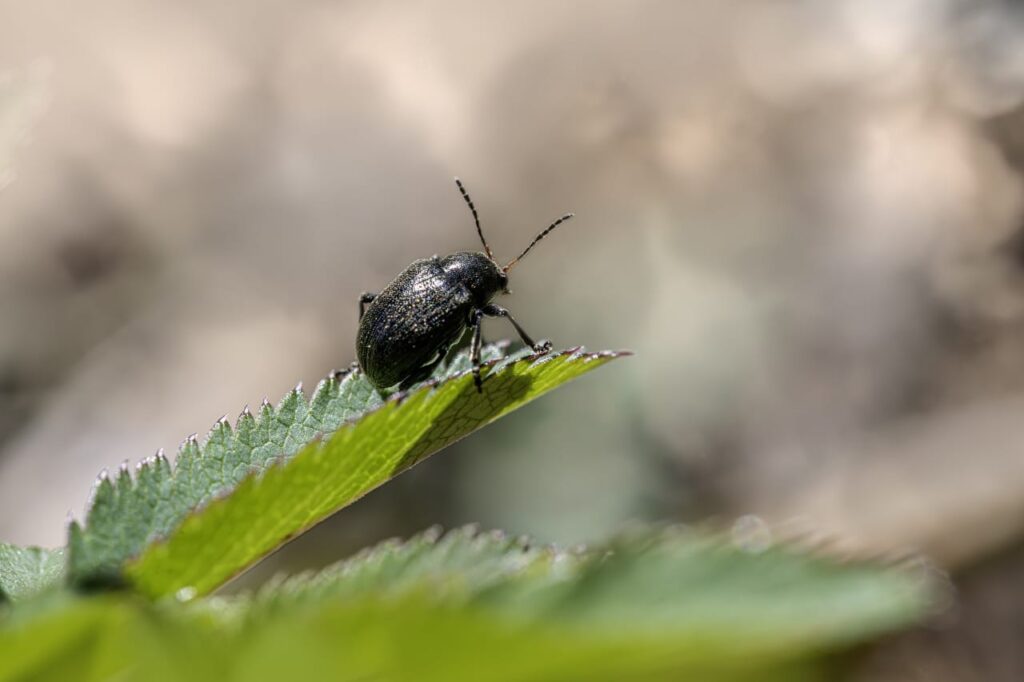Introduction
As environmental concerns continue to rise, sustainable pest management has become a crucial aspect of property maintenance. This approach focuses on using eco-friendly and less harmful methods to control pest populations effectively while minimizing environmental impact. This article explores various sustainable practices in pest management, highlighting the benefits of these methods for both residential and commercial properties.
Understanding Sustainable Pest Management
Sustainable pest management, or green pest control, involves methods that are safer for the environment, people, and non-target species. It emphasizes the use of biological, mechanical, and cultural strategies to manage pest populations at acceptable levels, rather than eradicating them completely with harsh chemicals.
Biological Control Methods
One of the cornerstones of sustainable pest management is the use of biological control. This method utilizes natural predators or pathogens to control pest populations. For example, introducing beneficial insects like ladybugs to combat aphid infestations in a garden. This method is highly effective in maintaining natural balance and reducing reliance on chemical pesticides.
Mechanical and Physical Barriers
Physical barriers and mechanical methods provide a non-toxic way to keep pests at bay. This includes using screens, nettings, and door sweeps to prevent pests from entering buildings. Additionally, ultrasonic devices can deter pests without the need for chemical interventions. These methods are not only effective but also ensure that treatments are safe and environmentally friendly.
Cultural Practices for Pest Prevention
Cultural practices involve modifying the environment to make it less attractive to pests. This can include proper sanitation practices, such as regular cleaning and the elimination of standing water, which discourage pests from settling. Crop rotation and the selection of pest-resistant plant varieties are also effective cultural practices used in agricultural settings.
The Role of Integrated Pest Management (IPM)
Integrated Pest Management (IPM) is a comprehensive approach that incorporates sustainable methods into a cohesive plan to manage pest populations. IPM focuses on long-term prevention and uses a combination of biological, cultural, physical, and chemical tools in a way that minimizes environmental damage and health risks.
Advantages of Sustainable Pest Control
Eco-friendly pest control Orange County, CA methods offer numerous advantages, including reduced environmental pollution, decreased risk of pesticide exposure to humans and pets, and the promotion of biodiversity by preserving beneficial species. These methods contribute to a healthier ecosystem and sustainable agricultural practices.
Challenges of Implementing Sustainable Methods
While sustainable pest control has many benefits, it also presents certain challenges. These include potentially higher initial costs, the need for more frequent interventions, and a greater requirement for knowledge and expertise. However, the long-term benefits often outweigh these challenges, making it a worthwhile investment for future sustainability.
Emerging Trends in Eco-Friendly Pest Control
The field of sustainable pest management is rapidly evolving, with new technologies and methods continually being developed. Innovations such as pheromone traps and botanical insecticides are gaining popularity due to their effectiveness and lower environmental impact. These advancements are making eco-friendly options more accessible and effective.
Community Engagement in Sustainable Pest Control
Community involvement plays a vital role in successful sustainable pest management. By engaging local communities in educational programs and initiatives, awareness and implementation of eco-friendly pest control methods can be enhanced. Communities that work together to manage waste, maintain clean public spaces, and share resources for pest control see a significant reduction in pest-related issues, promoting a healthier living environment for all residents.
Monitoring and Data Analysis in IPM
Effective implementation of Integrated Pest Management (IPM) relies heavily on continuous monitoring and precise data analysis. This involves tracking pest populations and their impacts, which helps in making informed decisions about when and how to intervene. Using data-driven approaches ensures that pest management is not only reactive but also proactive, minimizing the need for emergency measures.
The Role of Natural Repellents in Pest Control
Natural repellents offer an environmentally friendly alternative to chemical pesticides. Substances such as essential oils from plants like peppermint, tea tree, and eucalyptus are known for their pest-repellent properties. These natural solutions provide effective pest deterrence without the adverse environmental effects associated with traditional pesticides.
Impact of Climate Change on Pest Management
Climate change is altering the landscape of pest management by shifting pest behaviors and habitats. Warmer temperatures can accelerate pest reproduction rates, leading to larger infestations. Sustainable pest management must adapt to these changes, incorporating more resilient practices to cope with the evolving nature of pest threats.
Sustainable Pest Management in Urban Areas
Urban environments present unique challenges for pest control, including high-density populations and limited green spaces. Sustainable pest management in these areas often involves integrated strategies that combine green infrastructure, such as rooftop gardens, with traditional pest control measures to create barriers and reduce pest attraction sites.
Economic Benefits of Eco-Friendly Pest Control
Adopting sustainable pest management practices can also offer economic advantages. By reducing dependency on chemical treatments, property owners can decrease long-term costs associated with pest control. Furthermore, properties employing green pest control solutions may attract environmentally conscious tenants and customers, enhancing property value and marketability.
Regulatory Compliance and Sustainable Practices
With increasing regulatory focus on environmental protection, adopting sustainable pest management practices can help businesses and homeowners comply with local and international environmental laws. This compliance not only protects the environment but also shields property owners from potential fines and legal issues related to pesticide usage.
Future Directions in Sustainable Pest Management
Research and development in sustainable pest management continue to grow, driven by technological advancements and increasing environmental awareness. Future directions include the development of more precise biocontrol agents and smarter, AI-driven monitoring systems that can predict and mitigate pest activities more efficiently. These innovations promise to enhance the effectiveness of pest management strategies while further reducing their environmental impact.
Conclusion
Sustainable pest management is an essential practice for those looking to protect their properties in an environmentally responsible way. By adopting eco-friendly methods, property owners can effectively manage pest populations, reduce their ecological footprint, and contribute to a healthier planet. As the field continues to evolve, it offers promising solutions for future pest management challenges.
